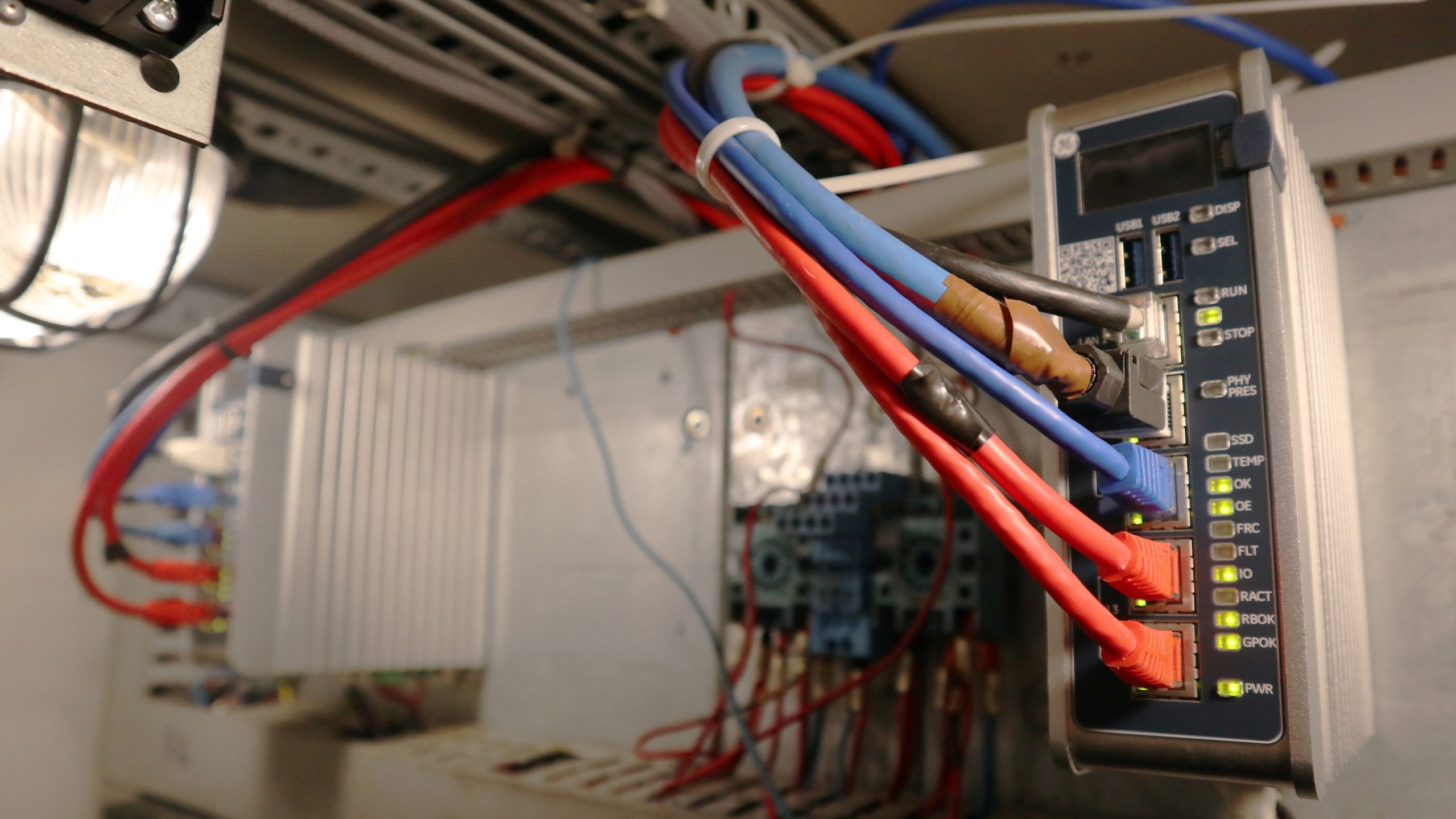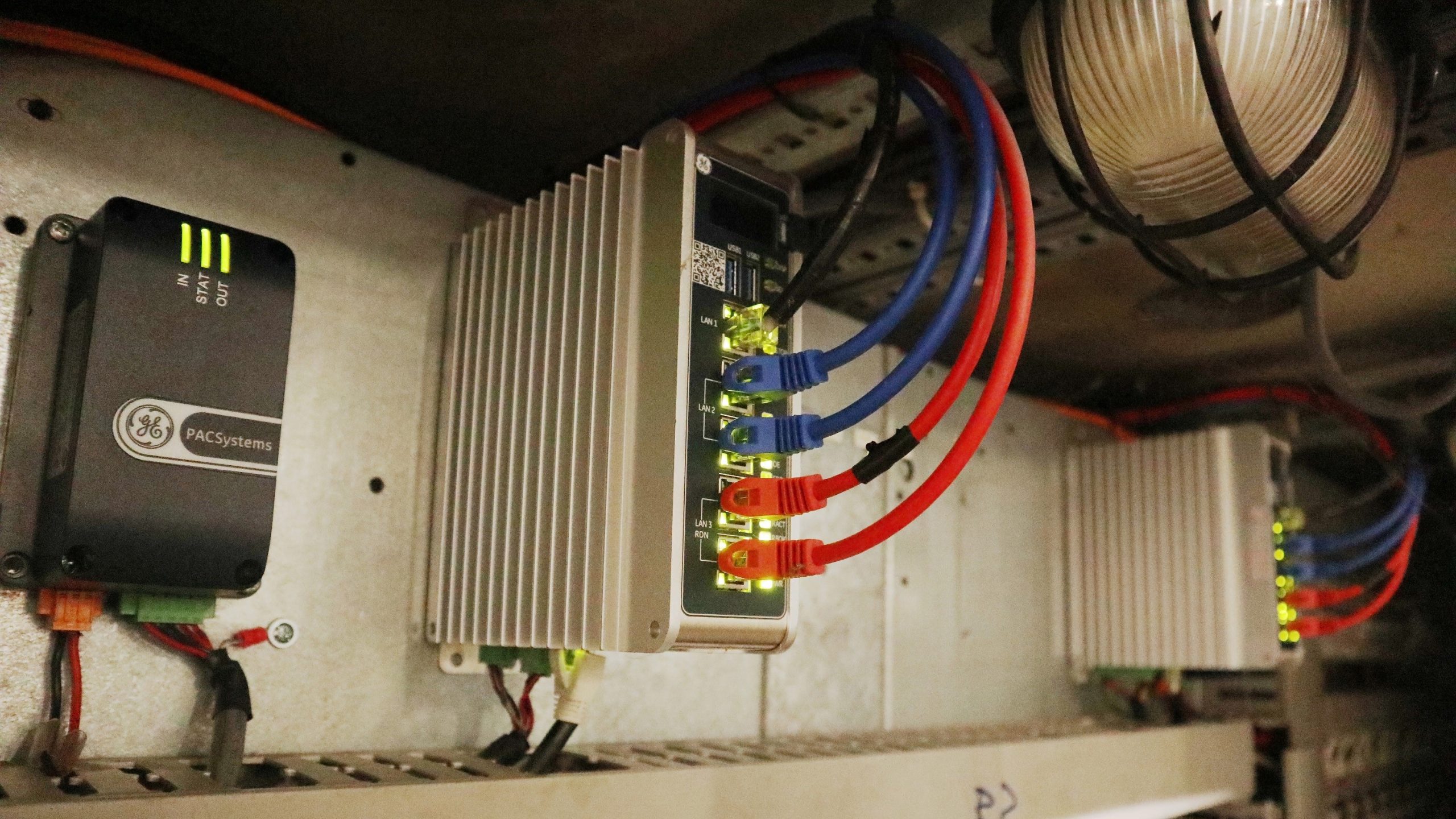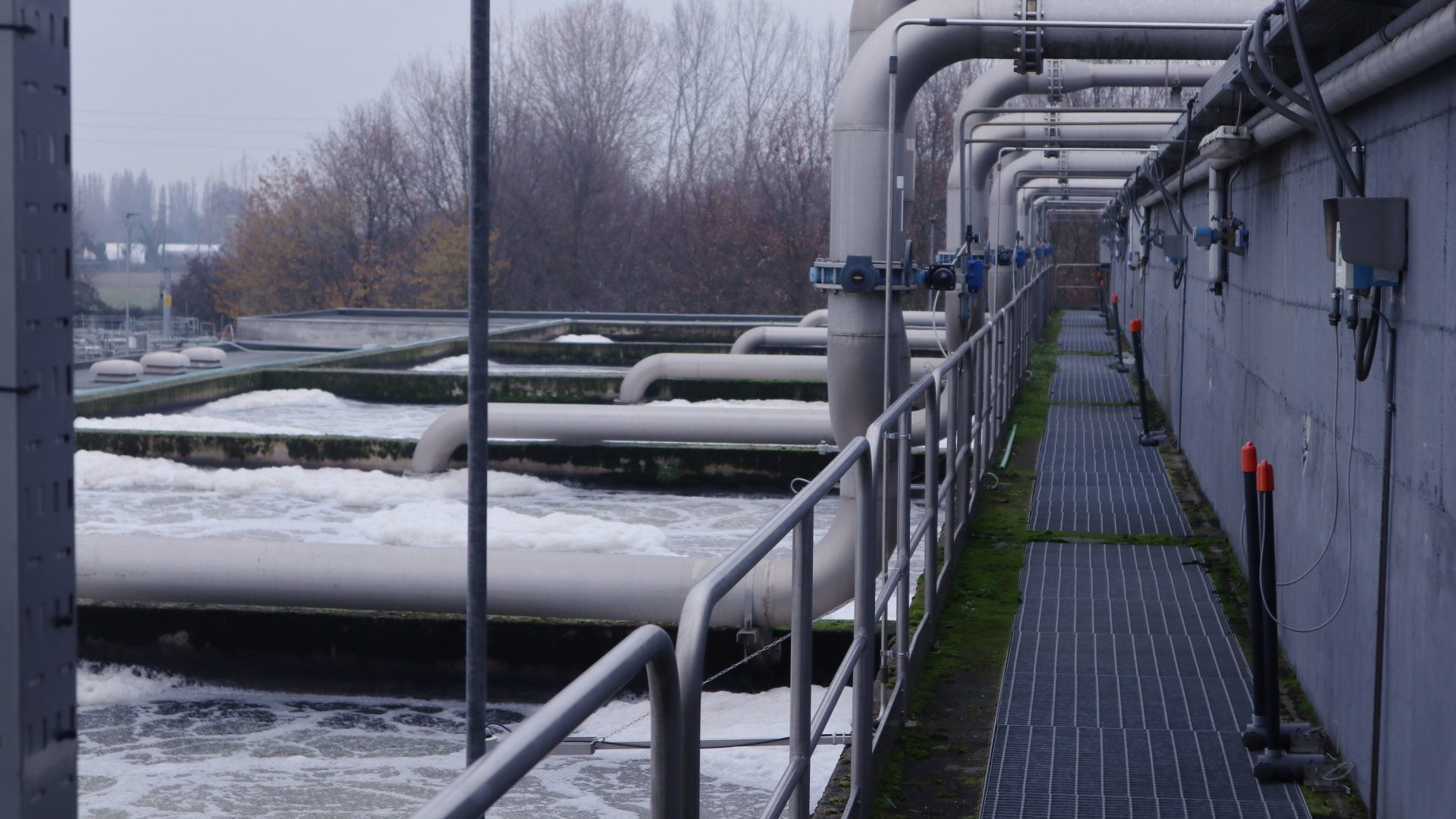Riccardo Azzoni, automation engineer at Sigma Italia, explains how a solution based on the PACSystems RX3i controller platform from Emerson enabled the CAP Group to successfully modernise the automation of the Peschiera Borromeo municipal wastewater treatment plant in Milan, Italy.
Ageing technology that increasingly fails and/or parts becoming hard to source is the usual driver for updating the control system. However, before embarking on a migration project, organisations must also ensure that the new control system will provide tangible business benefits and a return on investment. The opportunity must be taken to implement modern technology that provides increased functionality, including greater access to actionable data and analytics that can support improved efficiency, performance and productivity. Control system migration projects can put a greater strain on internal resources than greenfield projects, as they tend to involve more constraints in terms of space, time and capital budget. With normal operations often impacted, it is vital to reduce complexity and implement technology that enables a seamless transition helping to ensure projects are executed on schedule and budget.
These were the considerations when systems integration specialist Sigma was tasked by the CAP Group to update the control system of the second treatment line at the Peschiera Borromeo municipal wastewater treatment plant. The plant manages a significant proportion of the water needs for the eastern areas of Milan. The second treatment line has the capacity to treat the wastewater from a 250,000 population equivalent, but the BioFOR biological filtration and oxygenated reactor technology used requires extensive automation and created greater control system complexity.
Electrical and automation system
The electrical and automation system for the second treatment line is distributed over two buildings, each with two control cabinets. Each control cabinet had a GE Fanuc 90-30 PLC installed, with Genius bus (GE Fanuc proprietary serial bus) used to interface to a VersaMax remote I/O unit. Some of the controllers had a PROFIBUS DP master interface for connecting to specific equipment. The PLCs were segregated from the I/O, allowing installation in the most convenient locations. The CPUs exchanged data over the plant’s Ethernet network via SRTP (GE Fanuc proprietary protocol) and a Cimplicity HMI SCADA system enabled operators to monitor the system on a large monitoring panel in the control room.
System redundancy was provided by an extra CPU in each panel that had an identical configuration to the primary CPU. The additional CPU was also connected to the remote I/O, enabled by the Genius bus, which supports multi-master redundancy. The redundant CPU could be put into operation if the primary failed. However, this required a failure to be recognised early, and manual intervention by plant personnel. Operators would also need to ensure the CPUs were not running simultaneously, in order to avoid IP address duplication.

Need for modernisation
The need for a revamp of the automation system principally arose because the GE Fanuc 90-30 series of PLCs was being discontinued, which made it difficult to guarantee the supply of replacement CPUs. In addition, the CAP Group was keen to implement a modern, plant-wide Ethernet-based data communications network, because Genius bus was unable to provide the functionality needed to support its new system requirements. Moreover, the twin CPU configuration made it difficult to keep track of changes to the control logic and created additional complexity for CAP Group personnel, who did not have the expertise to manage and maintain this unorthodox and overly complex architecture.
Updated control technology
An updated automation system was required that would support both existing and future requirements. However, this modernisation project had to be reconciled with the need to avoid a long plant shutdown. To minimise the project timescale and budget, the new technology needed to be compatible with the existing equipment and processes. The new system also needed to be much easier to maintain and guarantee short intervention times when replacing failed system components.
Sigma was tasked with providing a suitable solution and proposed to only replace the controllers and communication-related components, retaining the field I/O wiring and structure, while adding true redundancy. Firstly, the GE Fanuc 90-30 PLCs were replaced by Emerson’s PACSystems RX3i controllers. The RX3i platform was launched by Emerson following its acquisition of GE’s PLC technologies in 2019. The controllers provide modern functionality to help improve operational performance, but can also be quickly and easily implemented in GE Fanuc 90-30 applications due to the hardware being fully backwardly compatible in terms of form and fit. This compatibility enabled gradual replacement of existing PLCs, rather than having to perform one major replacement of all devices at the same time which would have required a long, line-wide outage.
The 90-30 racks equipped with CPU and Genius controller were replaced with two rackless RX3i CPE410 CPUs in hot-standby redundancy configuration. Where PROFIBUS DP was utilised, a new VersaMax node, equipped with a PROFIBUS DP master gateway was installed. The existing VersaMax Genius-based I/O scanners, which only had a single power supply, were also replaced by VersaMax PROFINET IO devices, which have an independent dual power supply and a dual Ethernet interface that is able to support a ring network topology. This has increased network reliability and resiliency. These were compatible with the existing I/O interfaces, which therefore did not need to be replaced.
The replacement of each PLC took less than a day to complete and caused minimal disturbance to the other PLCs, which remained operational. No signals rewiring was required, due to the I/O compatibility, and very little effort was needed to port the code to the new platform, which meant there was no need for software rewriting, helping to save considerable project time and cost.
Increased controller functionality
The new automation solution provides true hot-standby redundancy that is automatically managed by the controllers, without resorting to manual intervention. Both CPUs are switched on, but only one is in command. Should there be a failure, the redundant device immediately takes control. This removes the onus on plant operators and allows them to focus on tasks directly related to the treatment process. The new CPUs provide both a real-time operating system and a Linux environment, which provides a new opportunity to implement web HMI functionality, edge-based control, and speed up the convergence with management and IT systems. OPC-UA Server functionality is also available.

Modern Ethernet network
The new CPUs have six Ethernet ports – two supporting the PROFINET IO ring network, two for the redundant synchronisation link, one to connect to the plant network and another for the Linux environment.
An enhanced modern Ethernet network is now available at both plant and field level supporting a range of system functions. At the plant network level, the RX3i controllers can coordinate with each other via multicast EGD (Ethernet Global Data). This eradicated the need to design single point-to-point links between each pair of controllers and simplified the management of failures. The new controllers also interface with third-party devices, acting as Modbus/TCP clients. The controllers are monitored by the plant’s SCADA system as well as a diagnostics system that is independent from the SCADA system. Connection between the CPU and the SCADA system is made using a virtual IP address that points the active CPU and eliminates further configuration due to the device redundancy. An Emerson RXi Web Panel was also installed in each building to provide a local HMI.
Continued enhancements
With the initial replacement and set-up of the updated automation system concluded, a range of new features are now being implemented. These include new PROFINET-based remote I/O panels, that will be live inserted into the field ring network, and providing shorter stops than the existing serial technology. PROFINET interfaces for existing devices and machinery will enable previous discrete links to be gradually decommissioned, therefore making the job of the electrical maintenance crew easier. Pneumatic solenoid valve panels will be replaced by AVENTICS integrated valve islands from Emerson, which are compatible with PROFINET and help to increase reliability. Linux environments are also now being created. The aim is to equip each unit with monitoring and predictive analysis software using an edge controller that operates close to the physical process.
Conclusion
The Emerson PACSystems RX3i controllers helped to simplify and successfully modernise the automation system and make it ready for future integration, modification or enlargement, without significant downtime. The cost of the project was much lower than a competing proposal, which would have required longer downtime and resulted in more uncertainties regarding site management, both of which would have been unacceptable for such an important part of the city’s water management infrastructure.
More information available at www.Emerson.com/pacsystems



